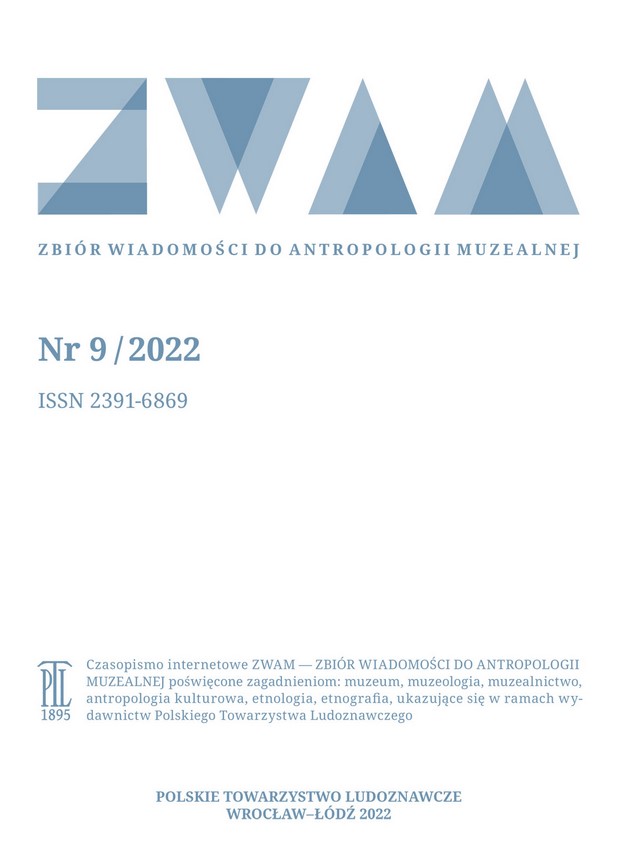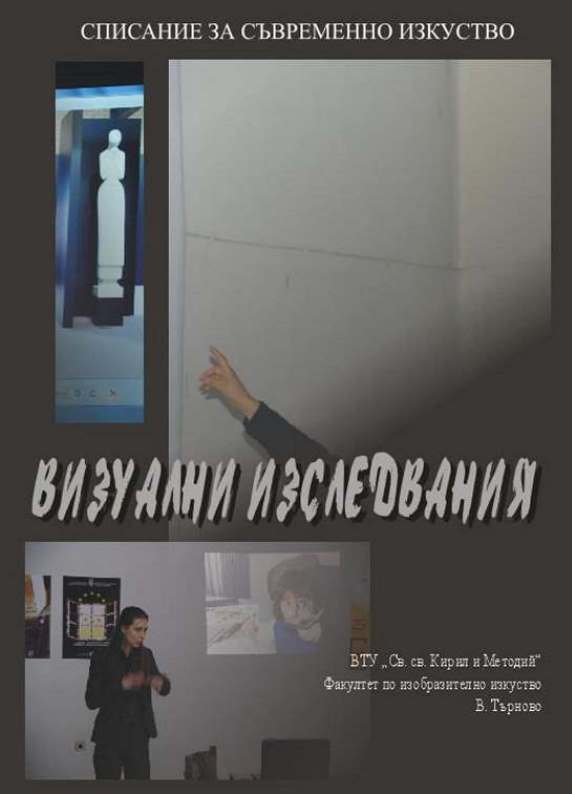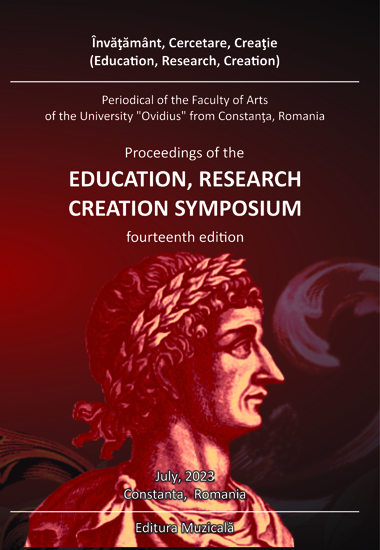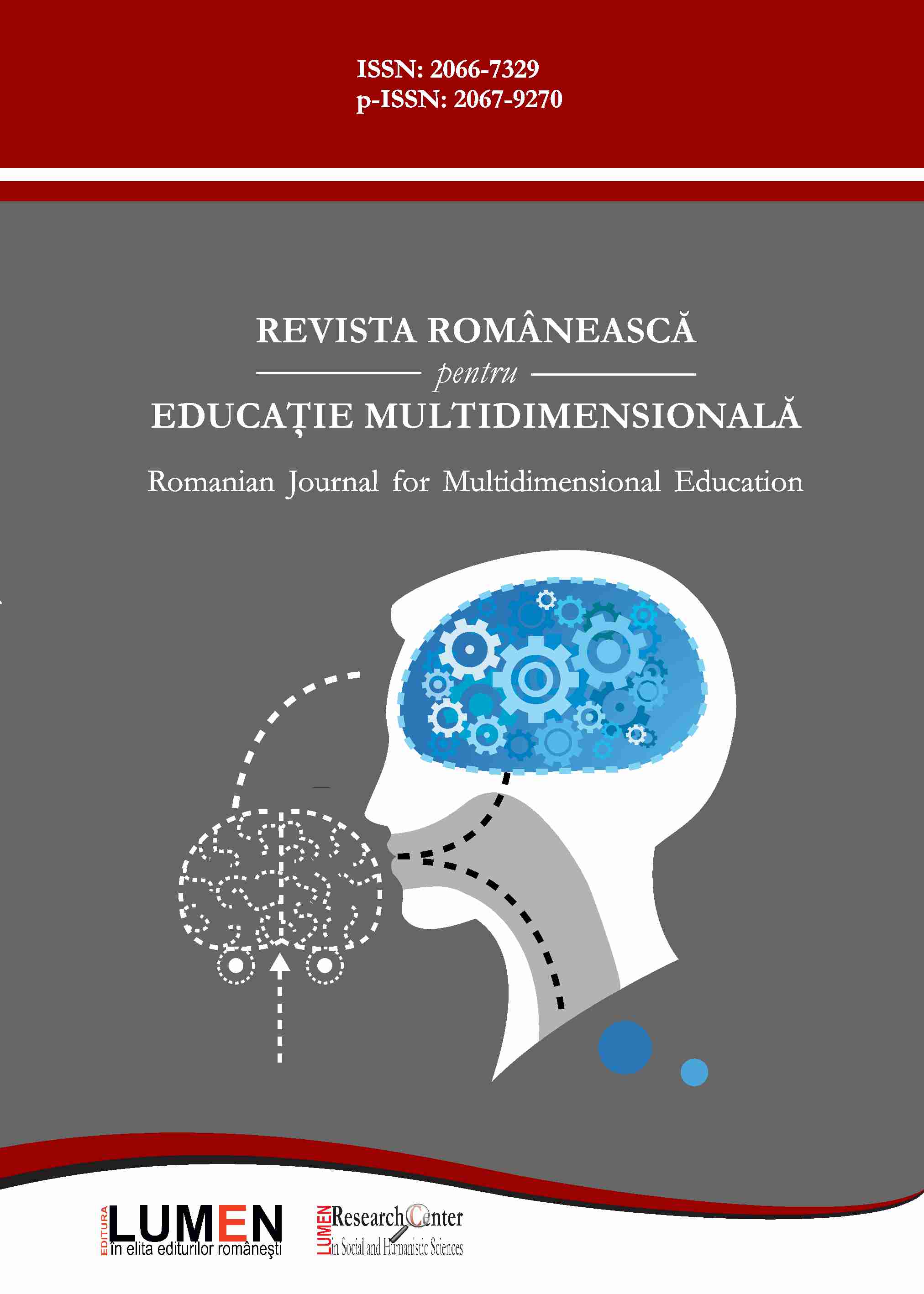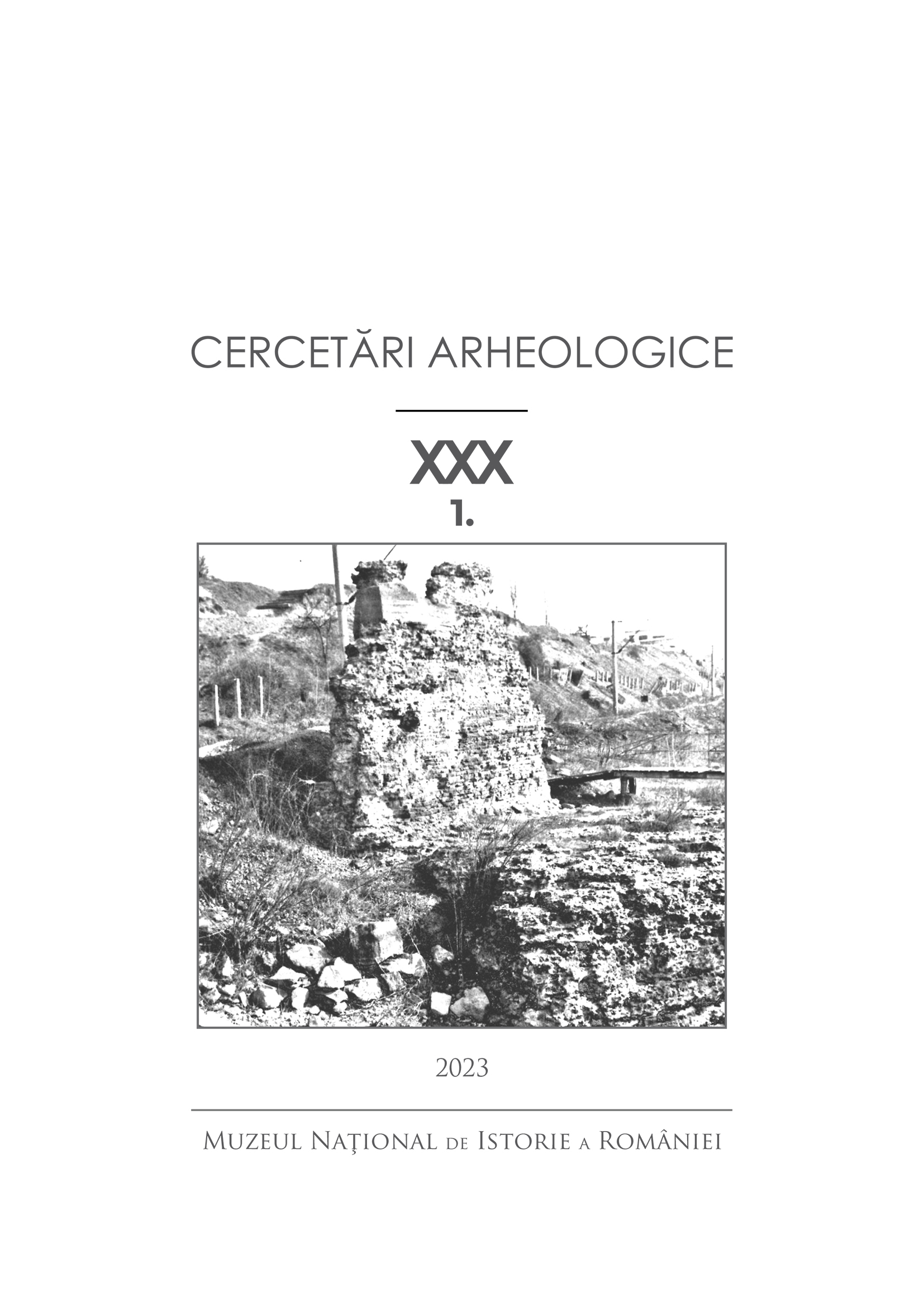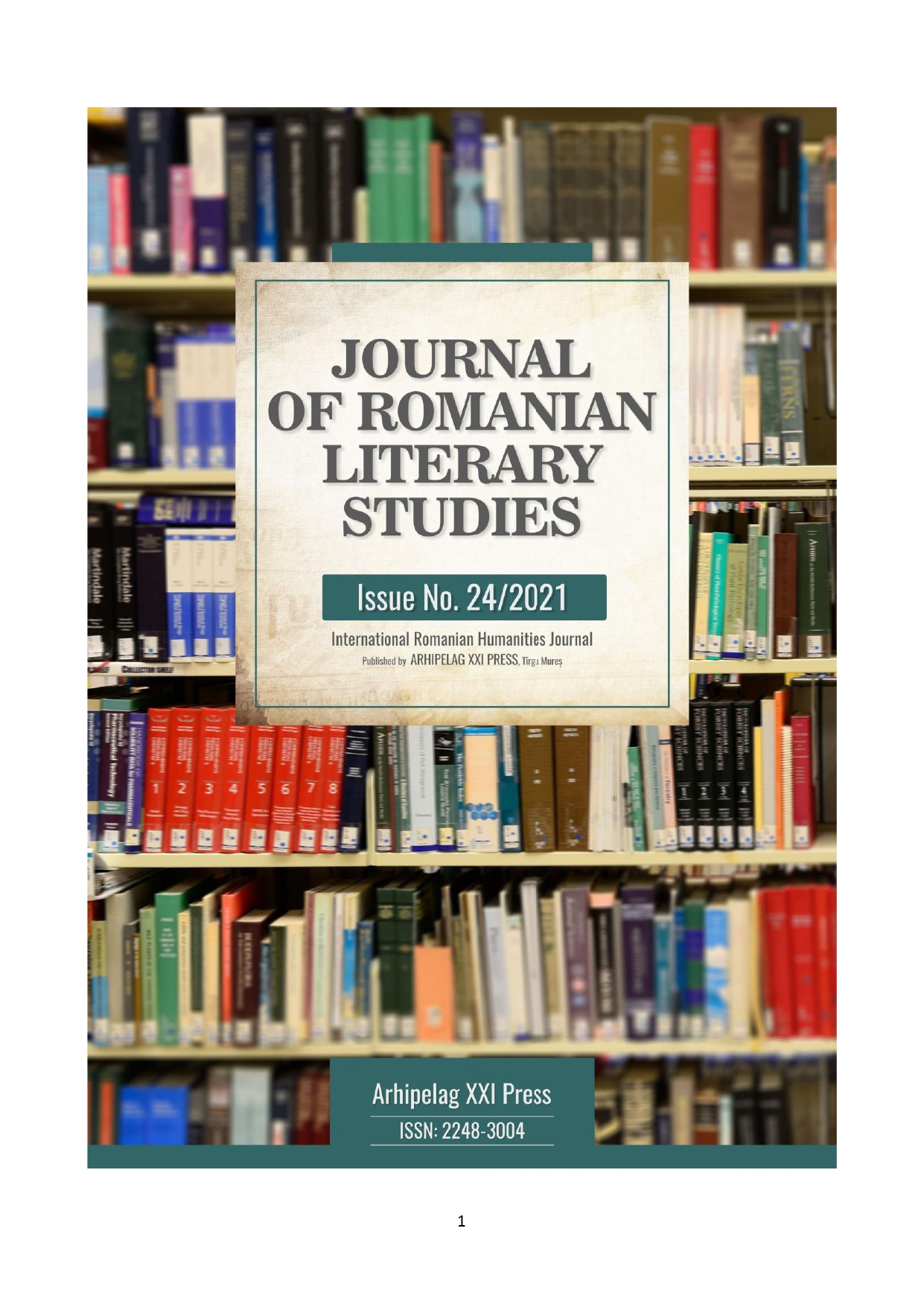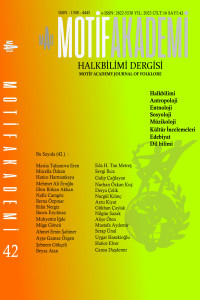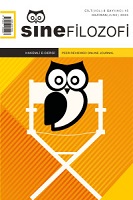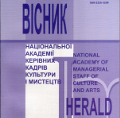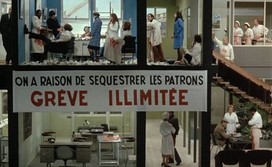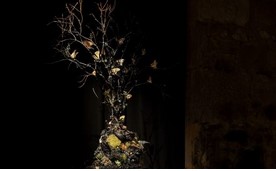Author(s): Inga Postolache / Language(s): English
Issue: 1/2023
The purpose of the paper is to analyze the premises of the appearance of the musical on the Romanian scene, as well as to bring to light the first attempts to create the national musical. The origin of the theatrical-musical genres of entertainment is, like all other forms of theatre, in the period of syncretism of the arts, being found in performances of the genres of comic opera, operetta, revue theatre, etc. The first examples of Romanian musicals appeared in the 1970s. In a wide variety of examples from world drama, literary bases of authors are used: O.Wilde with the play Salome, L. de Vega with the play The Gardener's Dog, G. B. Shaw with Pygmalion, W. Shakespeare with Romeo and Juliet and A Midsummer Night's Dream, R.B. Sheridan with Rivalries and so on. The Romanian literature is represented by Chirițele, Piatra din casa, Sânziana and Pepelea, after plays by V.Alecsandri, O noapte furtunoasă, O soacră by I. L. Caragiale, Trei crai de la Răsărit, by B.P.Hașdeu, Titanic Vals, Fulgi de nea by T. Mușatescu and others. American musicals are presented on Romanian stages in the second half of the 20th century with examples such as The Phantom of the Opera by A.L.Webber, Cabaret by R. Burns, Chicago by John Kander, West Side Story by L. Bernstein, etc. As far as local composers are concerned, we can say that an entire plethora is formed that contributes to the development of the musical genre: Edmond Deda, Henry Mălineanu, Gherase Dendrino, Mihail Sebastian, Temistocle Popa, Nicu Alifantis, Răzvan Alexandru Diaconu, Dan Ștefănică, Endre Sarosy, Sorin Chifiriuc, Liviu Cavassi, Ada Milea, Anca Hanu, Roman Vlad, Camelia Dăscălescu, Marius Țeicu, Dumitru Lupu, etc.
More...
